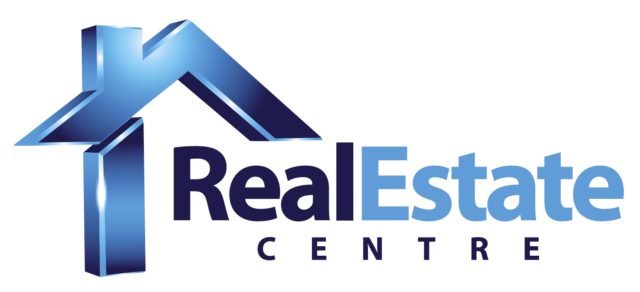In early 2022, Dairy Farmers of Canada (DFC) announced our sector’s commitment to reach net zero greenhouse gas (GHG) emissions from dairy production by the year 2050. Canadian dairy farmers have been working hard toward this goal, with support from DFC through our “Net Zero Strategy” and “Best Management Practices Guide to Mitigate Emissions on Dairy Farms.” Building on these resources, we are pleased to share our latest toolkit for farmers, “Navigating Carbon Markets.” To help gain a high-level understanding of the risks and rewards of trading carbon credits, here is an introduction into these emerging trading systems.
What are carbon markets?
GHGs, whether from carbon or another gas like methane, are measured in tonnes of carbon dioxide equivalents (tCO2e). This measurement is then used to create carbon credits (otherwise known as “offsets” and “insets”), which can be bought and sold on trading systems called carbon markets. These markets are a relatively new area of commerce, both for dairy farmers and other agriculture industries at large.
Carbon offsets represent carbon dioxide or other GHG emissions reduced or sequestered that have been measured and verified according to a publicly available protocol or standard. Companies can purchase carbon offsets to compensate for their own GHG emissions in lieu of reducing or sequestering them.
Carbon insets are GHG emission reductions or removals that a company supports within their own value chain but are not their own direct emissions (such as those from suppliers). This contrasts with an offset, which is typically purchased and created outside of a company’s own value chain. Carbon insets are a developing market and not nearly as established as carbon offsets, but they are similar and represent a large potential market for agriculture.
How do carbon markets work?
There are currently two types of carbon markets: compliance and voluntary. The compliance market is for mandatory federal and provincial government-regulated carbon programs and where carbon offsets are traded. This market is governed by the Greenhouse Gas Pollution Pricing Act, a federal law establishing a set of minimum national standards for carbon pricing with the goal of supporting Canada in meeting its emission reduction targets under the Paris Agreement. Pricing of federal offset credits in the compliance market generally follows the federal default carbon price, which is set to escalate annually by $15 per tCO2e through 2030.
The voluntary market is for companies and individuals to buy and sell offset credits to help meet voluntary climate goals. These markets are governed by not-for-profit organizations (commonly called “registries”) that define the types of projects that can qualify for offsets. The price of offsets within the voluntary market has greater variability than the compliance market, with prices ranging from $2 per tCO2e to over $1,000 per tCO2e.
Deciding between offsets and insets
To help dairy farmers reduce emissions, carbon inset and offset projects can be considered. However, if carbon credits from a farm are sold on the offset market, they cannot be counted toward the dairy supply chain’s emission reduction commitments. For emission reductions to count toward our commitments, they need to be accounted for as an inset (sometimes referred to as a “Scope 3” reduction). This is because Scope 3 projects comprise stakeholders within an industry’s value chain and allow emission reductions to be claimed therewithin, such as in the dairy industry (Figure 1).

Conversely, if a farm creates carbon insets and sells these credits within the dairy supply chain (such as to a processor), it will immediately count toward that company’s net zero commitment. Dairy value chain partners such as processors and suppliers have benefits when buying insets from dairy farmers. The opportunity to tailor projects to their sustainability priorities and variability of contract types can be appealing. In addition to the transparency that comes with more knowledge on GHG emission sources, the chance to invest in a meaningful way back into dairy farms and provide co-benefits to the local community can help strengthen a value chain partner’s reputation and relationships.
When deciding whether to go down the path of creating an offset or inset project, farmers may choose to work with a carbon project developer to determine the carbon credit demand, the value of an offset or inset relative to the cost of creating it, how to account for the GHG reductions and how it will affect the dairy sector’s sustainability targets.
If you are interested in participating in carbon markets, the best place to start is by learning more. To assist you in moving forward, DFC’s Navigating Carbon Markets toolkit can now be found on our Farmer Resources hub.









